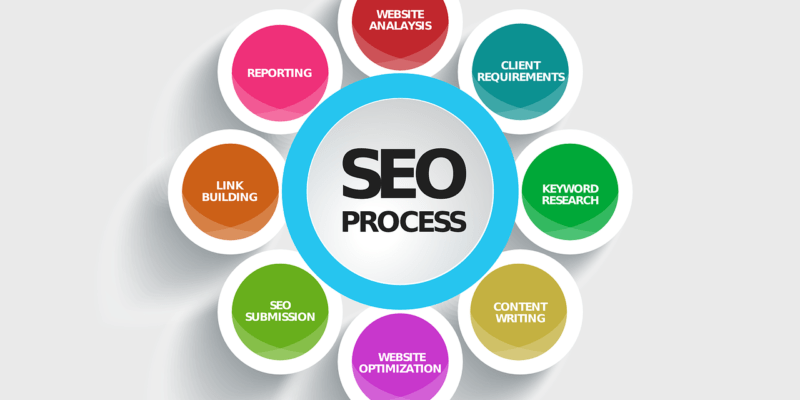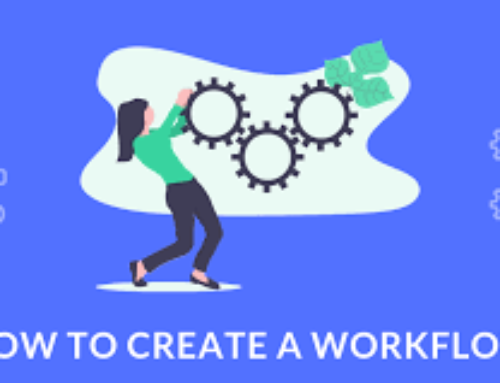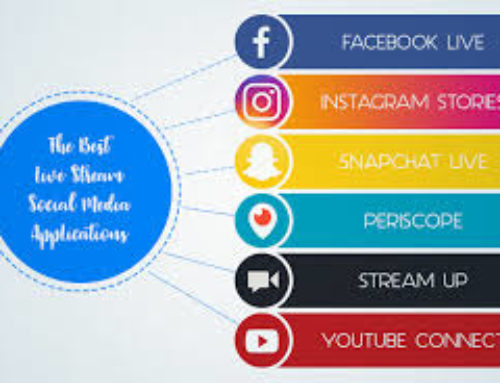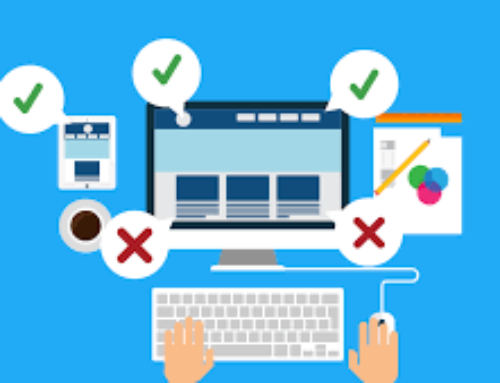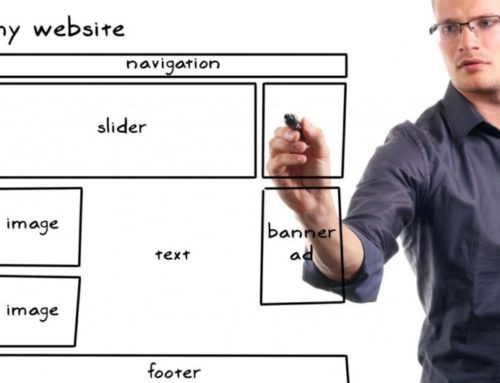When starting a small business there are many things that need your attention – finances, marketing, getting customers, taxes, etc. One area that owners overlook is their website. A good trend that I’m seeing from people today is that they seem to understand the importance of having a website for their business, but they lack the knowledge and confidence to make it better. So in this article, you’ll find a collection of useful web design tips that will help your WordPress website and the client projects you work on to achieve success – whether you want to implement them or ignore them in your quest for originality.
WHAT SHOULD BE INCLUDED ON YOUR WEBSITE
1. Have a Plan-Don’t just start designing your website. To ensure that your website is effectively meeting the needs of your visitors you need to map out your buyer’s journey from the first time they visit your website to the moment they become a customer.
2. Remove the Following From Your Website-Certain elements on your website are going to detract from the value and message you’re trying to convey. Complicated animations, content that’s too long, stocky website images are just a few factors on the list. With an audience that only has an attention span of 8 seconds, you need to create a first impression that easily gets the main points across. This should be done with short, powerful sections of content and applicable photographs/icons that are sectioned off by clear and concise headers.
3. Include Social Share and Follow Buttons-Producing great content and offers only go so far if you aren’t giving your users the opportunity to share what you have. If your website currently lacks social share buttons, you could be missing out on a lot of social media traffic that’s generated from people already reading your blog! If this sounds new to you, social sharing buttons are the small buttons that are around the top or bottom of blog posts. They contain icons of different social media websites and allow you to share the page directly on the social media channel of your choice.
4. Implement Calls-to-Action –Once your visitors land on your site, do they know what to do next? They won’t know what pages to view or actions to take if you don’t provide them with some sort of direction. Call-to-action buttons are one of the many elements that indicate the next step user should take on a page. While many of us know that, it can be easy to fail to accurately use them to guide users through your website.
5. Use the Right Images- Not every image is going to fit with the type of message you’re trying to show your audience. Fortunately, you have a lot to choose from (even some that are for free). But still, cause caught many of us decide to plague our website with extremely stocky photos. Just because a stock website has the image, doesn’t mean it looks genuine and will evoke trust in your company. Ideally, you want to use photos that portray images of the real people that work at your company and the office itself.
6. Navigation- When designing your website, navigation is key, it’s essentially the map that displays the core places users can visit. There’s nothing worse than a site with a disorganized or confusing navigation interface. When improving your website’s navigation, it’s important to ensure that your visitors can easily find what they’re looking for.
Tips for a better website Clean and Simple-Your website should be very clean and easy to use. It should feel like your living room – comfortable, relaxing and easy to move around. You should have the main navigation area listing your pages. Your content should be in a legible font. Think Clean and Simple.
Current Information-There is nothing worse than outdated information on a website. People will leave your website so quickly it will make your head spin. People want to feel like you care about your own website as much as you would care about their business. Otherwise, the customer has to wonder…do they really want to spend my hard-earned money on this website?
Basic SEO (Search Engine Optimization)-SEO is very important in website design. There are people who dedicate their lives to learning about how to make websites rank better in search engines. In layman’s terms, Search Engine Optimization is a way that your website ranks in search engines so people can find your website. Google, Bing, and others weigh the information on your site and rank your site so people can find information that is useful.
Expressive Content – You are good at what you do, and you can help their business. Not everyone is a super copywriter and that’s okay. Your website content should be written in an easy, conversational style. You don’t want your website to be a user manual … unless it is a user manual. When writing content for your website, you need to let your visitors know how you are going to help them with their problems or make their life easier.
Call to Action – What do you Want Me To Do?-A Call to Action button is a common term you might hear from a web designer. It’s usually a button/image that is large and colorful and links to something on your website you really want your visitor to do. You want the visitor to do something like get more information, look at something, or download something.
Conclusion:- The first impression is the last impression. It means customers will have a view about you even after viewing your website for the first time. At Pheunix, We create a beautiful and professional website that can make your business successful. If your company is established and has a strong brand identity, Pheunix can take your business to the next level. We work closely with clients to incorporate their existing brands into exciting, new websites that not only strengthen their identities but also enhance their positions in the marketplace. However, if you’re a new company or launching a new product or service, then Pheunix is the ideal partner for you! You don’t have to have a logo or even a business name to contact us. We welcome clients in every stage of branding and design development. [/fsn_text][/fsn_column][/fsn_row]

